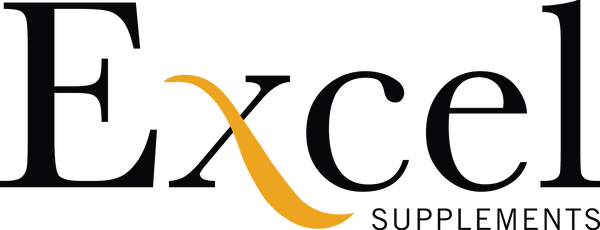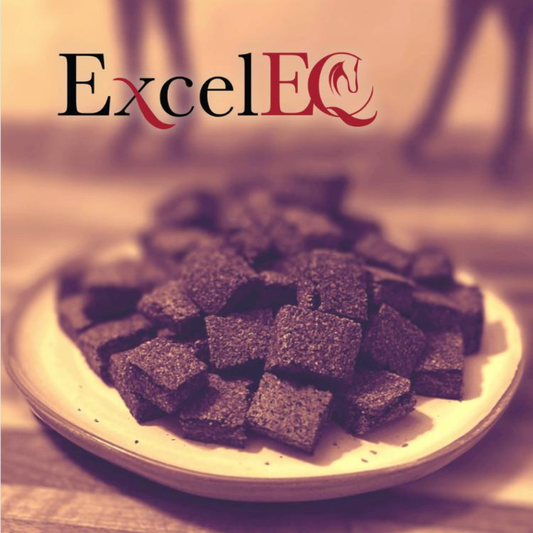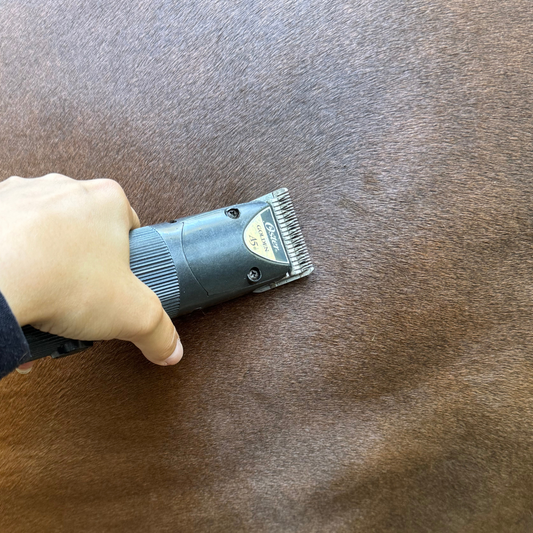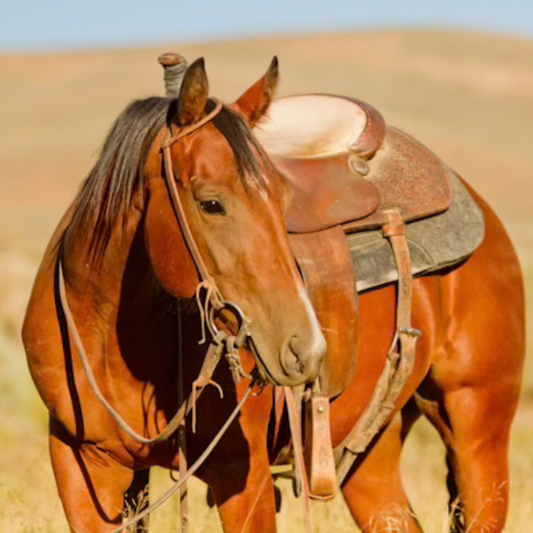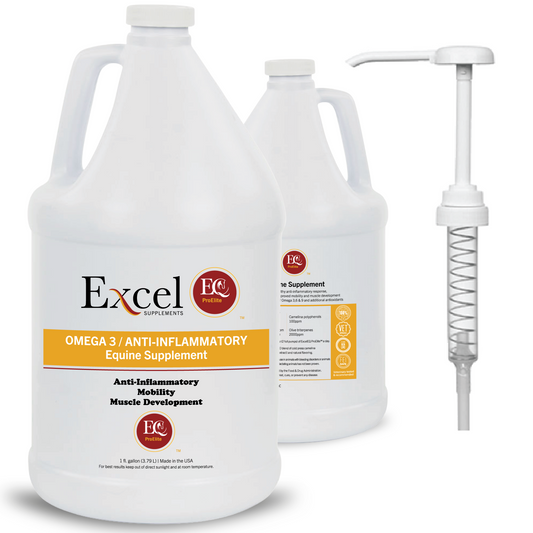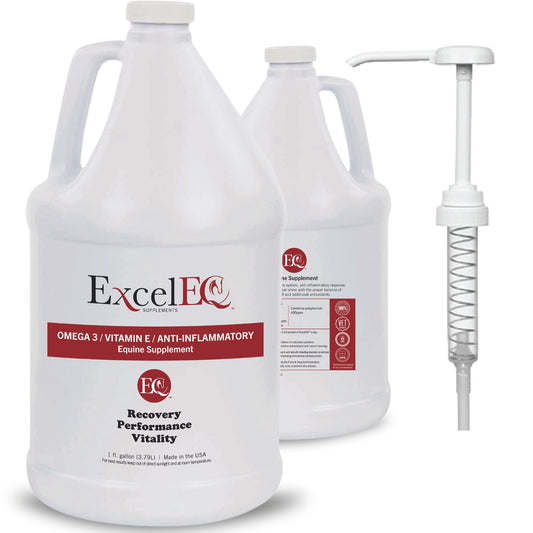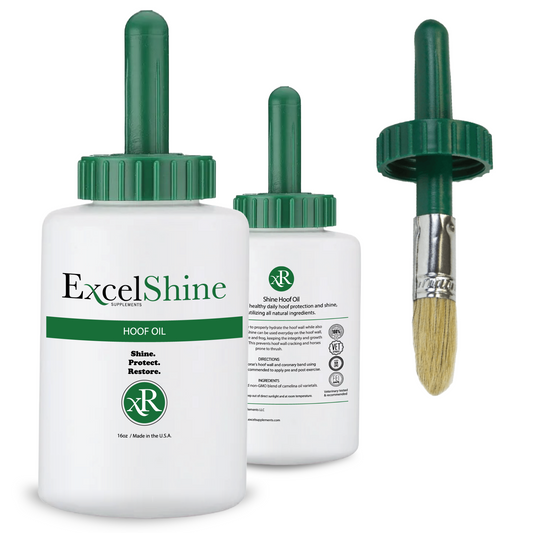Choosing High-Quality Hay for Horses
Share
Is the Quality of My Horses Hay Important?
Yes! When feeding your equine partner, it's crucial to ensure that the hay you purchase meets high-quality standards. Different types of hay exhibit varying qualities, and recognizing key factors can help you make the best choice. Color and cut are essential indicators of hay quality. Hay for horses that is bright green generally indicates it was harvested at the right time, was not exposed to rain after cutting, and was dried and baled promptly. Such conditions help preserve most of the hay's nutrients. Conversely, hay that appears yellow, brown, or faded may have been cut later, dried in the field for an extended period, or exposed to rain, leading to potential nutrient loss.
The Importance of Nutritional Testing
Although visual cues like color and cut are important, they do not always guarantee the best nutritional value. Due to rising costs in fertilizer production, the nutrient content in hay can vary significantly. This fluctuation means that even if hay looks perfect, its actual nutritional value may differ. The only way to determine the true nutrient profile of your hay is through testing.
Types of Hay
Legumes:
- Alfalfa
- Clover
Grass Hay:
Eastern Varieties:
- Timothy
- Orchardgrass
- Ryegrass
- Fescue
- Redtop
- Reed Canary Grass
- Bluegrass
Western Varieties:
- Wheatgrass
- Blue Grama
- Bluestem
- Meadow Grass
Warm-Season Varieties:
- Bermuda Grass (Coastal)
- Bromegrass
- Teff
Other Types:
- Cereal Hay
Mixed Hays:
- Timothy/Alfalfa
- Orchardgrass/Alfalfa
- Orchardgrass/Clover
Proper Storage for Optimized Forage
Storing hay correctly is vital for maintaining its quality. While cured forage retains major calorie sources, it can lose some vitamins and minerals over time. To combat nutrient loss, adapt your hay storage practices based on your location. For instance, in Pennsylvania, hay might be stored in a barn loft, whereas in Georgia, due to fire risks, it is stored in shipping containers or temperature-controlled feed rooms. Always check state regulations for hay storage to ensure compliance.
Managing Rising Costs of Hay for Horses
Recent reports indicate a significant increase in hay prices, with alfalfa up by 58.8% and other hay types by 37.7% over the past year. This rise in costs has led some horse owners to reconsider their ability to maintain horses. In light of these economic changes, explore alternative solutions such as increased turnout time, supplemental nutrients, or switching to bagged pellets or cubes if necessary. However, be aware that while pelleted or cubed alfalfa provides similar nutritional benefits, it may not offer the same dental health and digestive benefits as traditional baled hay.
Supplementing with Plant-Based Omega-3
Green grass is a primary source of omega-3 fatty acids and vitamin E for horses. Fresh hay contains moderate amounts of these nutrients, but levels decrease as hay ages. While specific omega-3 requirements for horses are not fully established, daily supplementation of 2 to 4 ounces is generally recommended. ExcelEQ provides a sustainable source of omega-3 fatty acids for your equine partner, ensuring they receive essential nutrients even when fresh grass is unavailable.
For updated information on equine care, trending topics and discount opportunities follow us on social!
Follow us on Instagram: @excelsupplements
Keep up to date with us on Facebook: Excel Supplements
